Training and goals for trail runners during COVID-19
The Ridgeline Athletics crew offers some strategies for dealing with cancelled races and a disrupted season
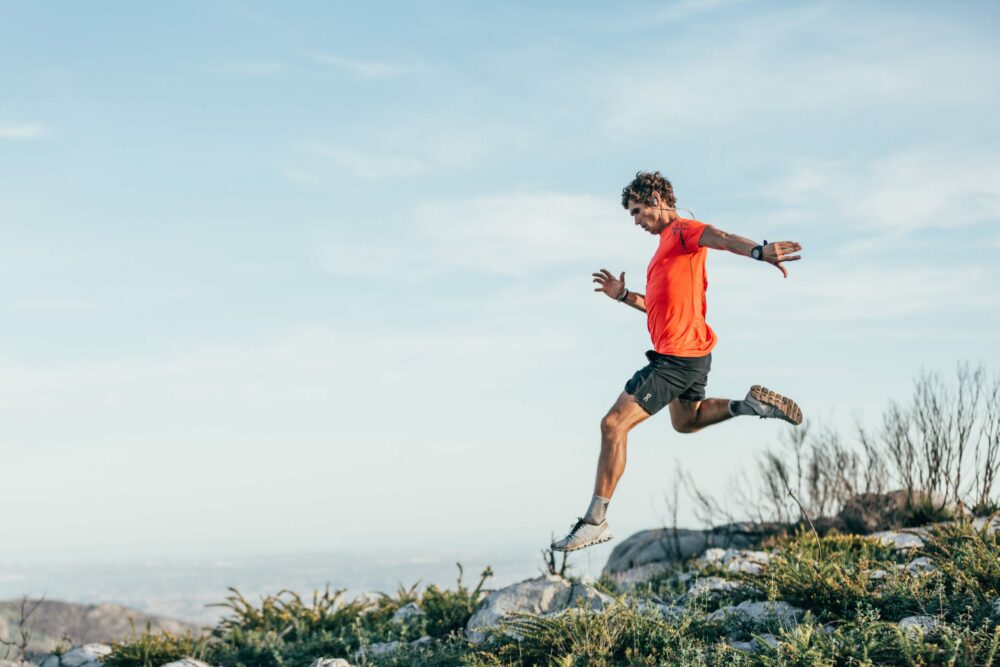
By Eric Carter, PhD
While restrictions around daily life continue to evolve in North America, athletes are still dealing with the shock of these changes and trying to process what’s happening. Within our coaching group (Ridgeline Athletics), we’re seeing some athletes losing motivation for training and worrying about what’s happening to their race schedule. Here’s what we’re recommending to our athletes and how it’s affecting each of us.
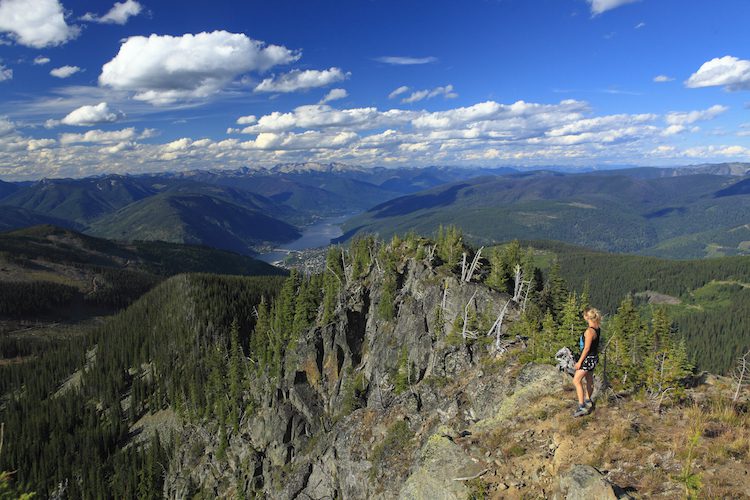
First, keep in mind, we’re at the start of an ultra here in terms of dealing with this pandemic and the complications of physical distancing. There’s not going to be a quick solution, and if we’re honest, we don’t really know what the summer, fall or even next year are going to look like. What is important to remember is that races will start up again. Until that happens, we’ll do what we can to prepare for them.
RELATED: Gary Robbins’ Coast Mountain Trail Series cancels spring and summer events
Don’t attempt to re-plan your entire season or training program now. If we start laying firm plans, we’re setting ourselves up for disappointment. The immediate future is best served by focusing on using exercise to manage stress, reduce boredom and stay healthy. By controlling a small part of that newly disrupted routine, we can add a bit of stability and control back to our lives.
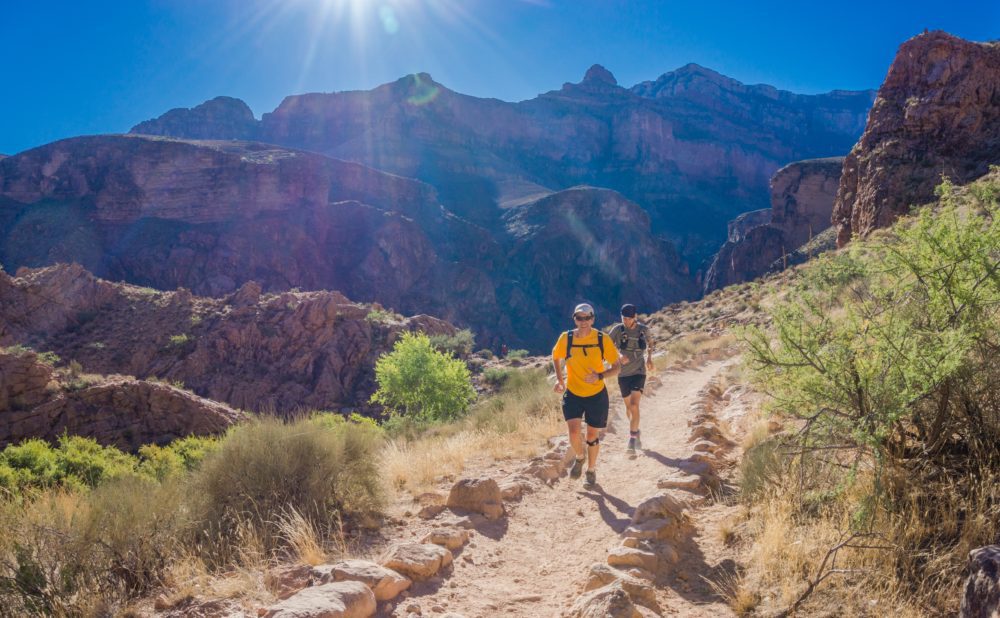
We’re calling these first few weeks a maintenance period. It’s still possible to set some goals, but these should be entirely process goals (as opposed to outcome goals), and simple ones at that. Something manageable like running three times each week for at least 30 minutes.
RELATED: LIVE UPDATE: How coronavirus is affecting running events
As our lives (hopefully) settle and we gain some understanding of what things might look like for the summer, we’ll start to create a more detailed training plan to move forward. We’ll identify new primary goals for the coming year.
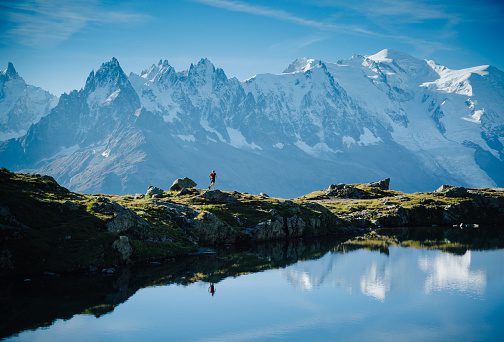
From there, we’ll start moving away from our maintenance training and into goal-specific training. This likely involves an increase in volume and working back into higher-intensity sessions. Once that training program starts to take shape, we can identify additional process goals to use as benchmarks along the way. These might include volume goals for long runs, or a time trial on a local route. These process goals should be directly applicable to the overall goal.
RELATED: Strength tips for trail running goals
Another way to help identify process goals is to take a look at the events you’d previously signed up for. Think about those events and ask yourself what excited you about them. Identify a couple of reasons that those events stuck out and try to come up with a several process goals that might target those reasons. A similar trail or a similar amount of elevation gain, perhaps.
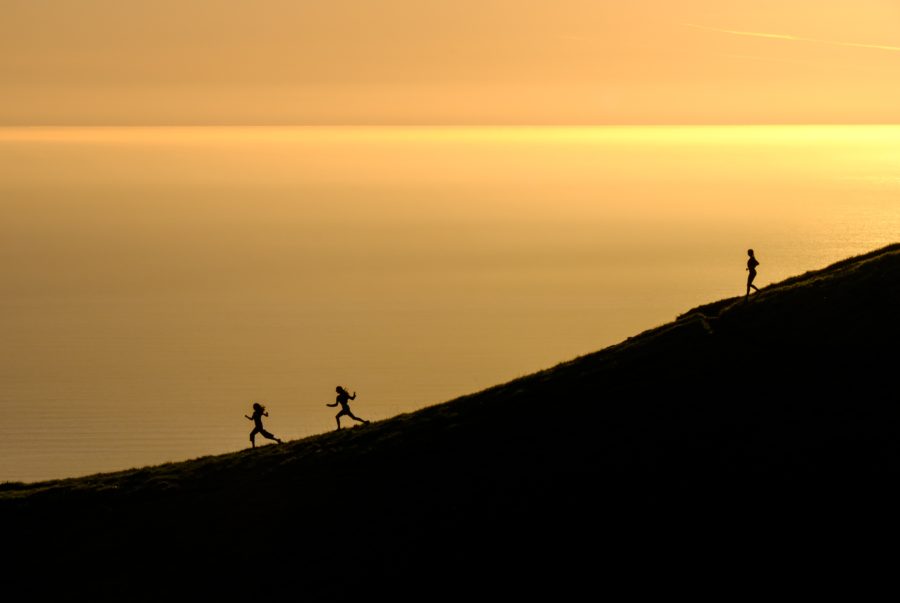
Finally, keep in mind that our athletic careers are constantly evolving. The best athletes continuously update their list of goals. Some goals are achieved and ticked off, some are missed but stay on the list and some are scratched off. New goals are always added to the bottom. This evolution helps you grow past big accomplishments and disappointments. By letting that list evolve, you’ll continue to grow as an athlete.
RELATED: LIVE UPDATE: How coronavirus is affecting trail events
So, what does this look like? I’ve reached out to our coaching staff to talk about how COVID has impacted their own training and racing goals and how they plan to evolve.
Eric Carter
“Currently, I’m focusing on three to four short runs per week. While all the races I’d signed up for have been cancelled, I hope that we’ll have the chance to get into the big mountains nearby this summer. I’ve got a list of ideas that include a mix of running and scrambling around my home peaks including in the Sky Pilot Group, the Tantalus Range and the Spearhead Range.”
https://www.instagram.com/p/B-Uk9I8DEca/?utm_source=ig_web_copy_link
Jeanelle Hazlett
“Over the course of a couple of days, I officially had no summer races on my schedule. I’m not letting any of this slow me down. I’m continuing with my training as though nothing has changed (as long as it’s still safe to do so). I’ve also started dreaming up epic backyard adventures and ultras I hope to link up in the summer.”
https://www.instagram.com/p/B-lW7tmHiAH/?utm_source=ig_web_copy_link
RELATED: WATCH: Jeanelle Hazlett, mountain runner
Ryan Kerrigan
“Over the coming months I plan to fuel my habit by identifying and exploring more challenging routes in Vermont. Additionally, I aim to inspire young people in my own community to begin building healthy habits toward their own goals.”
https://twitter.com/gary_robbins/status/1057349464741036033?s=20
About the author: Eric Carter is a head coach at Ridgeline Athletics and is currently based in Squamish, B.C. He specializes in endurance performance at high altitude and works primarily with mountain runners and ski mountaineers. He is also a mountain athlete at Arc’teryx.


